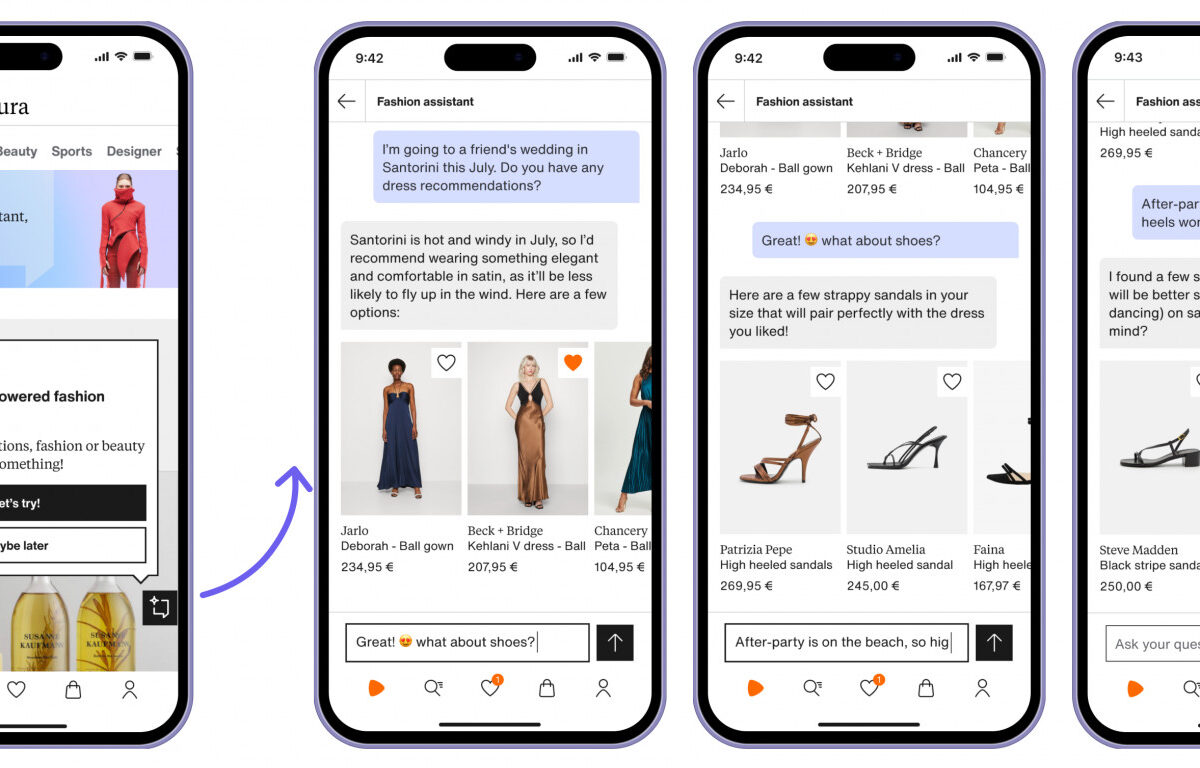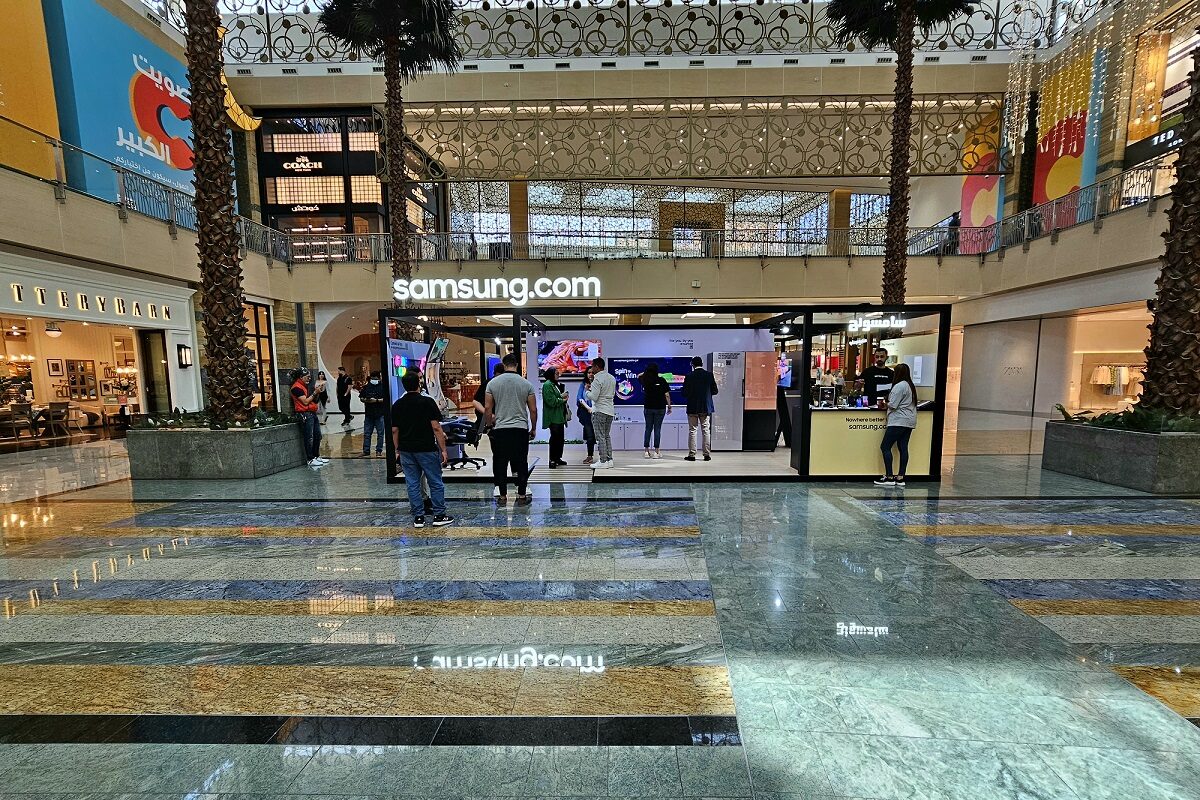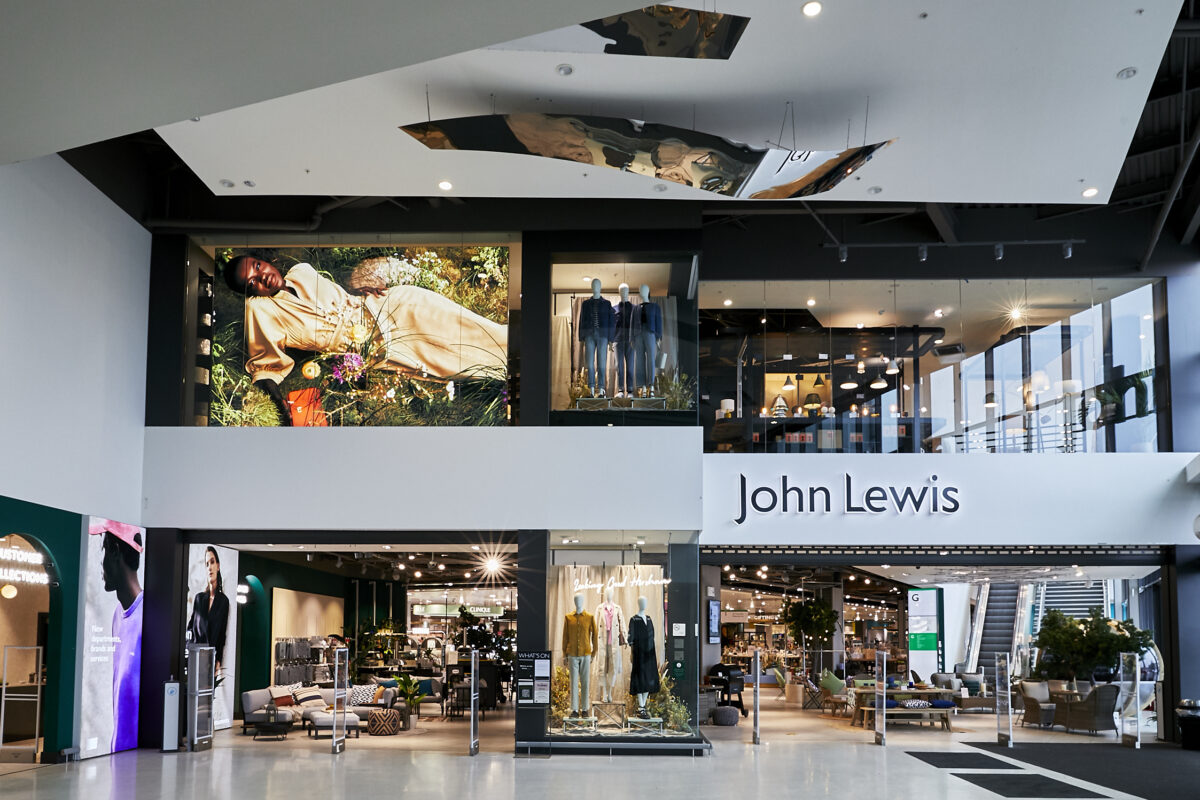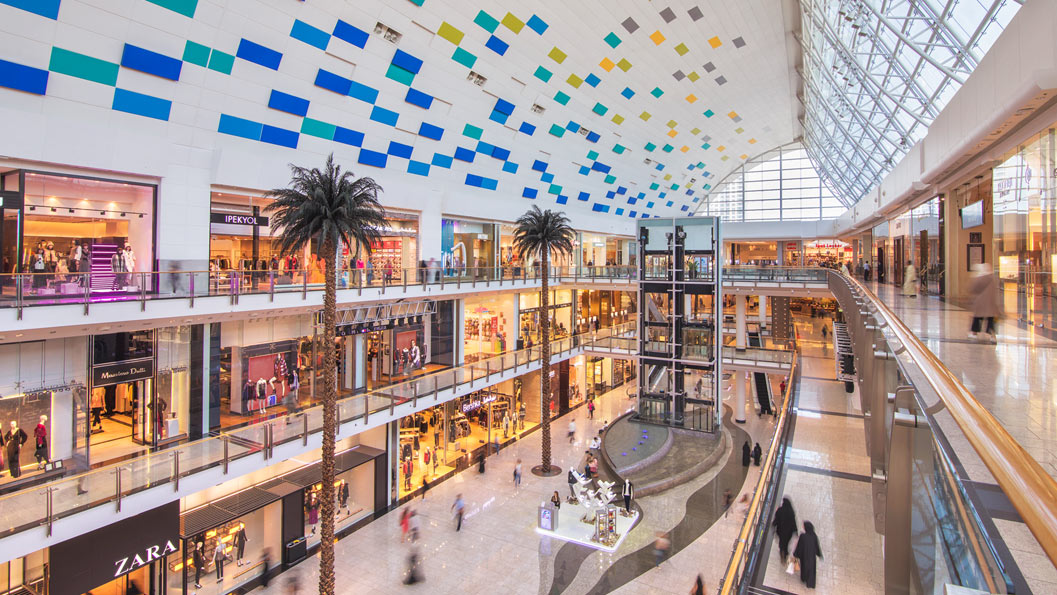Choosy analyzes fashion trends on Instagram – and redesigns them
The fashion world moves at lightning speed – and more than ever thanks to the rise of social media. In the past, key trends emerged off the runways twice a year during fashion weeks. Now Instagram et al. set the tone daily thanks to feeds of countless celebrities and influencers. So far, retailers rarely use this development when they design their collections, or not at all. The fashion brand Choosy is doing things differently.
Last year, the H & M fashion chain got stuck with unsold clothes worth billions of dollars. Fast fashion brands like this are churning out trendy clothing collections at a rapid pace and in large quantities. On the one hand, they want to stay ahead of trends and increased demand and have enough merchandise. On the other hand, they hope their garments meet the high expectations and tastes of consumers. Unsold clothing is unprofitable for the company, while it is also unsustainable.
Choosy knows what customers really want to buy
Last year, the then 26-year-old Jessie Zeng founded the New York-based fashion brand Choosy. Zeng, a self-described fashion obsessive and passionate Instagram user, saw the connection between trends and social media and turned it into a business idea. Like many other industries, social media has also changed the fashion industry: It’s no longer just the top designers who dictate fashion trends. Celebrities and influencers like Gigi and Bella Hadid, Kim Kardashian or Beyoncé are also starting trends. They post daily photos of their outfits on Instagram, which encourages thousands of followers to shop for these clothes. The outfit posts usually are accompanied by the same questions and comments: “Where can I buy this outfit? I want that!” If there is a response or the coveted items are still available, they often turn out to be too expensive and unaffordable for the average Instagram user. What’s more, the outfits often don’t come in larger sizes. All items Choosy offers ring in under $ 100 and are available in sizes 0 to 20 (European sizes 30 to 50).
https://www.instagram.com/p/BLWv61JDcFf/?utm_source=ig_embed
This so-called on-demand social shopping platform uses artificial intelligence to analyze the top trending fashions on Instagram. To do this, the algorithm filters posts with the #ootd (“Outfit of the Day”) hashtag or combs for comments that ask where you can buy the outfit or clothing item. Artificial intelligence then learns about the cuts, colors, and styles that receive the most related comments. What’s more, by hashtagging #getchoosy, Instagram users can indicate what styles they like, enabling Choosy’s so-called “Style Scouts” to spot them and add these garments to their portfolio.
Turning data into clothing
Choosy uses this data to design apparel that is inspired by the top trending looks on Instagram. At regular intervals, Choosy’s online store sells a limited number of new garments for a limited time. At the launch in July 2018, these so-called “drops” were offered twice a week. By now, the company has shifted to a monthly drop model in response to past production issues. Initially, Choosy promised its customers quick delivery in just a few days. But since the items are produced after the order comes in, the process often took much longer and Choosy was unable to keep its promise to its customers. That’s why the company opted for fewer drops, now pledging to deliver them in as little as two weeks.
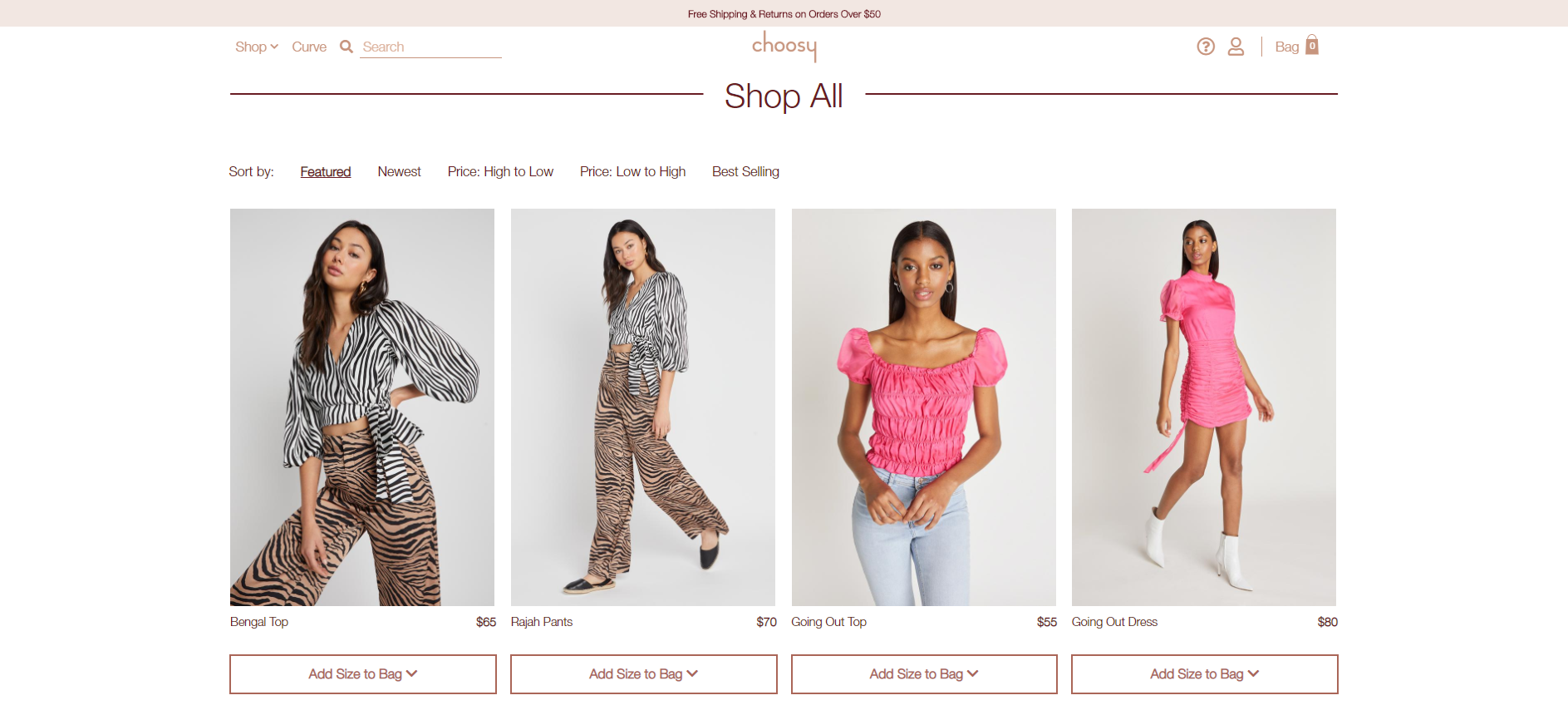
© www.getchoosy.com/2019.05.06
Sustainable fast fashion
Thanks to Jessie Zeng’s family connections in the textile industry in China, the production cycle is short with no intermediaries. Choosy is involved in the entire manufacturing process and thus able to make clothing quickly and inexpensively. What’s more, Choosy offers top fashion trends. What sounds like the very embodiment of fast fashion, takes a decidedly different approach from fashion chains like H & M, Zara and Asos: Choosy only produces items that customers have ordered. Thanks to algorithms and the clever use of Instagram, Choosy is also able to predict demand for clothing items. In doing so, Zeng manages to avoid the fashion industry’s dilemma of merely predicting supply and demand. This also cuts waste and prevents huge piles of unsold clothing. Ultimately, this benefits the company, its satisfied customers and – above all – the environment. Experts already point to the next wave of social commerce ushered in by Choosy’s concept.
Author: Elena Blume, iXtenso – Magazine for Retailers










